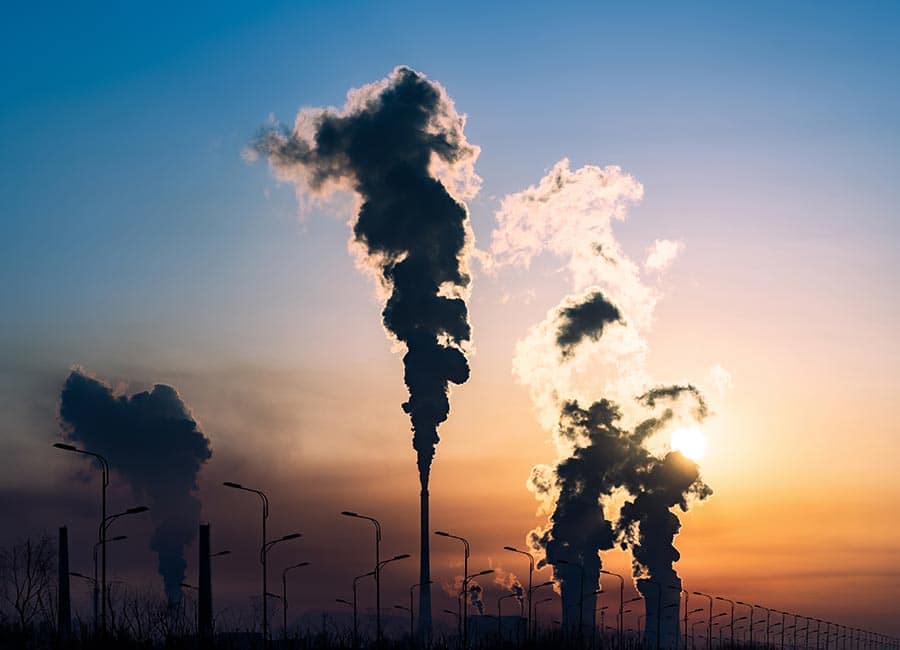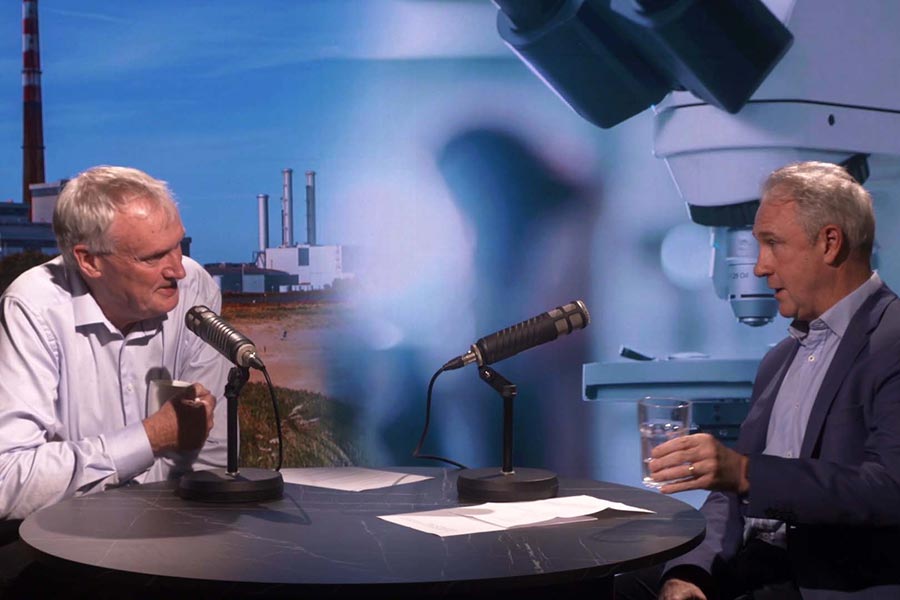Ireland’s greenhouse gas - GHG - emissions increased by 20% in Q1 2022 compared with a year earlier, according to estimates from Eurostat.
The country had one of the highest emissions increases in the EU along with Malta at 21% and Bulgaria at 38%.
The Netherlands and Finland were best in the EU class in Q1, with annual GHG reductions of –9% and –1% respectively.
Across the bloc, greenhouse gas emissions in the January to March 2022 period registered a 6% increase on the same period in 2021 as economies started trading normally again after Covid lockdowns.
The Q1 emissions total for the EU – estimated at 1,000 million tonnes – was below the Q1 2019 outcome.
GHG emissions increased in all sectors, except for households. The highest increases were recorded in transportation and storage (+21%), mining (+15%) and construction (+11%).
Greenhouse gases comprise carbon dioxide (CO2), nitrous oxide (N2O), methane (CH4) and fluorinated gases, hydrofluorocarbons (HFC), perfluorocarbons (PFC), sulphur hexafluoride (SF6) and natrium trifluoride (NF3).
Each greenhouse gas has a different capacity to cause damage to the environment depending on its radiative properties, molecular weight and the length of time it remains in the atmosphere.
The global warming potential of each gas is defined relative to a given weight of carbon dioxide in a set time period. The Kyoto Protocol measures GWPs over a period of 100 years.
GWPs are used to convert emissions of greenhouse gases to a relative measure known as carbon dioxide equivalents. Currently the measures are carbon dioxide = 1, methane = 25, nitrous oxide = 298, sulphur hexafluoride = 22,800.
Chris Collins, country president at Schneider Electric Ireland, commented: “Energy efficiency might sound like an outworn concept but it's one of the fastest-growing ways to cut carbon emissions and save the planet.
“Eighty per cent of global emissions are due to energy consumption, and yet 60% of the way we manage energy is inefficient.
"The opportunity to make a positive impact through energy efficiency is mind-blowing. There is plenty of technology around to help, from electric fleet vehicles to digital technologies that make electricity usage more visible, connected, controlled and smart.”











